When to Turn Off the ESP Button: Something Many American Drivers Don't Know
The vehicle stability and control system emerged as a further development of anti-slip mechanisms.
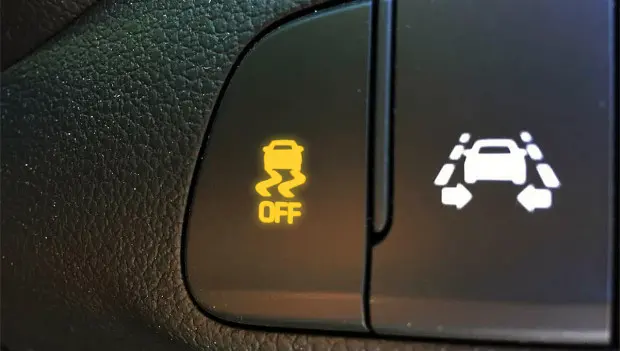
Different automakers use different names for their vehicle stability systems. At Hyundai, it’s called VSM; at Honda, VSA; while BMW, Jaguar, and Land Rover refer to it as DSC. Still, most drivers recognize it by the name used by Audi, Mercedes-Benz, and Volkswagen — Electronic Stability Program, or simply ESP.
The vehicle stability and control system evolved from earlier traction control technologies. As a result, this electronic assistant can now be found in most modern cars.
So, what does ESP actually do?
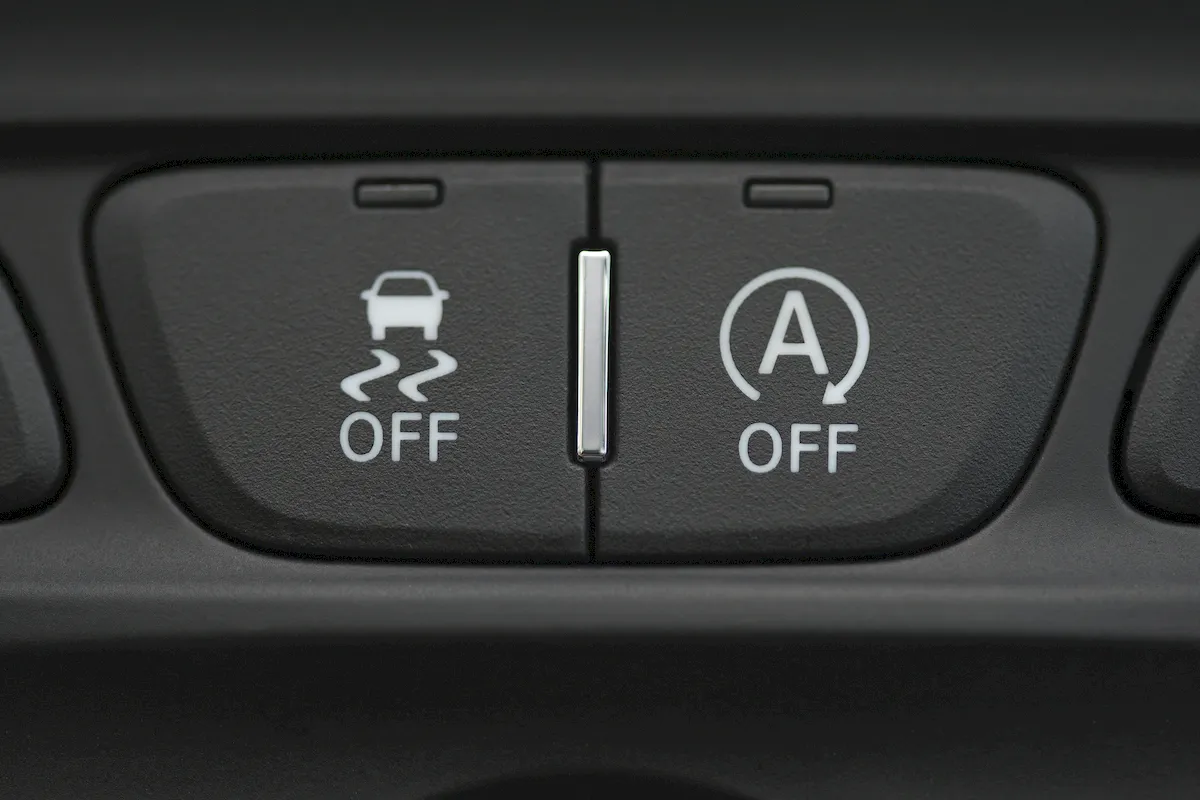
When a vehicle is in motion, its onboard computer (ESP) constantly analyzes its position and movement using multiple sensors. The data it collects helps the system make decisions about braking force and how that force is distributed between the wheels. In simpler terms, ESP determines which wheel needs more or less braking pressure.
This real-time adjustment helps the car stay stable, preventing skids or sideways movement. The ultimate goal of any dynamic stability system is to maintain balance. After ESP became standard in mass-market cars, the number of accidents among passenger vehicles dropped by nearly 30%. The effect was even greater for SUVs, crossovers, and pickups — ESP reduced crash rates in those categories by about 50%.
Can You Turn Off ESP During Everyday Driving?
Given all that, another question arises — why would you want to?
In almost all daily driving situations, ESP is your best friend. The system makes driving not only safer but also more comfortable. Turning it off just for fun means putting yourself — and others — at unnecessary risk.
Besides, in many modern cars, ESP can’t be completely disabled. Manufacturers often limit or block this feature for safety reasons. In some vehicles, the system turns off automatically only at low speeds (usually below 30 mph). But if your car does let you manually limit or disable ESP, remember that you should only do so in very specific situations.
When Should You Turn Off ESP?
There aren’t many cases where disabling ESP makes sense. Generally, there are three main situations:
-
Climbing a slippery hill.
When driving uphill on wet or slick pavement, turning off ESP can make your car move more smoothly. In fact, with ESP active, the system’s corrective actions can increase the risk of slipping in such conditions.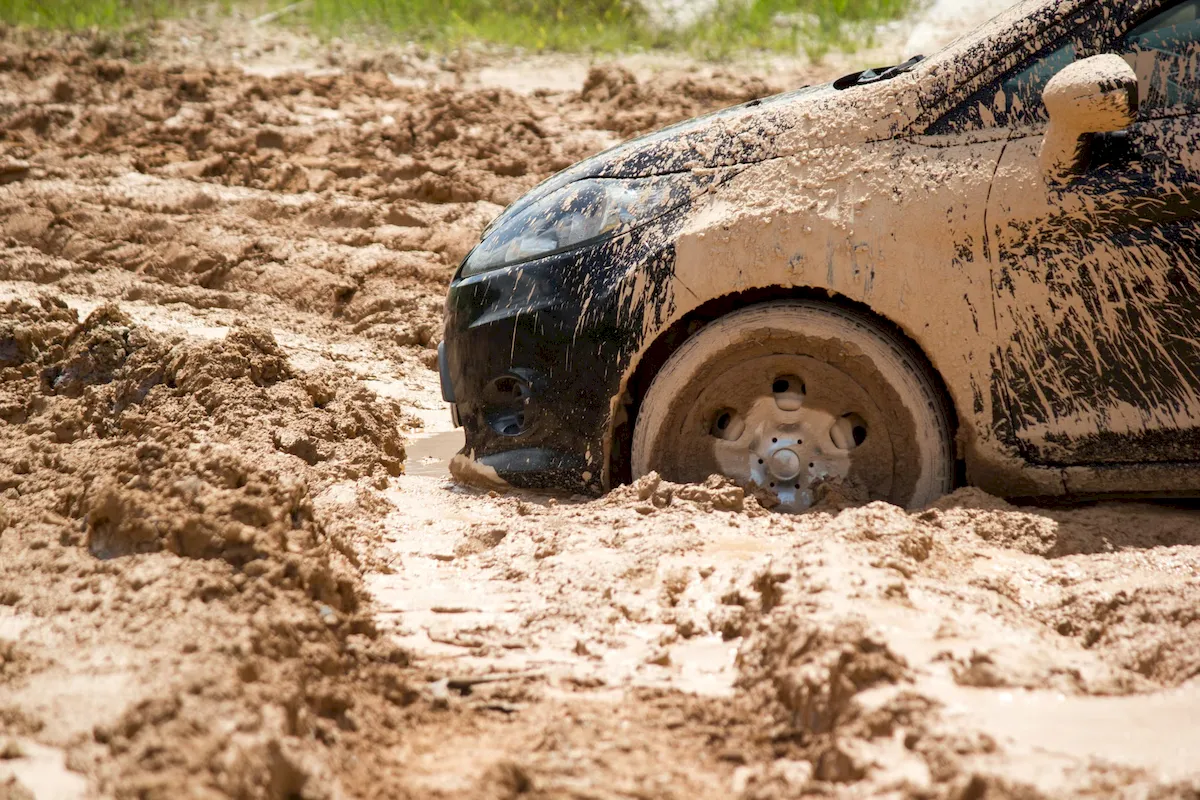
-
Driving on challenging surfaces — snow, mud, or sand.
ESP can interfere when driving off-road or on loose surfaces where the wheels need extra power. For those who enjoy outdoor trips or rural roads, disabling ESP helps prevent the system from unnecessarily braking the wheels, which could otherwise lead to wheel spin and loss of momentum.
And if your car is stuck, turning off ESP is a must.
-
Performance driving or drifting.
Finally, in summer or on dry roads, drivers might disable ESP to experience “pure” control of the vehicle. However, this scenario applies mostly to professional drivers or racing enthusiasts. Dynamic stability control prevents drifting and fast starts — precisely the maneuvers racers sometimes want to perform.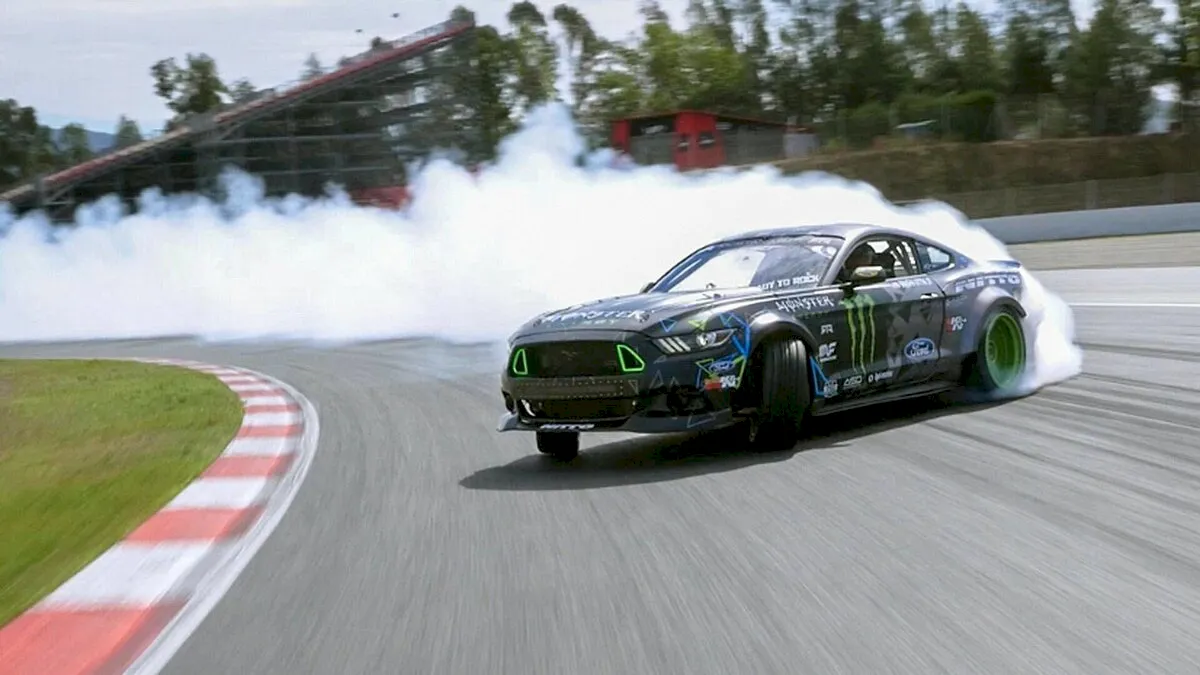
In short, ESP is one of the most valuable safety technologies ever built into a car. Unless you’re dealing with mud, sand, or a racetrack, your best option is to keep it on.
You may also be interested in the news:
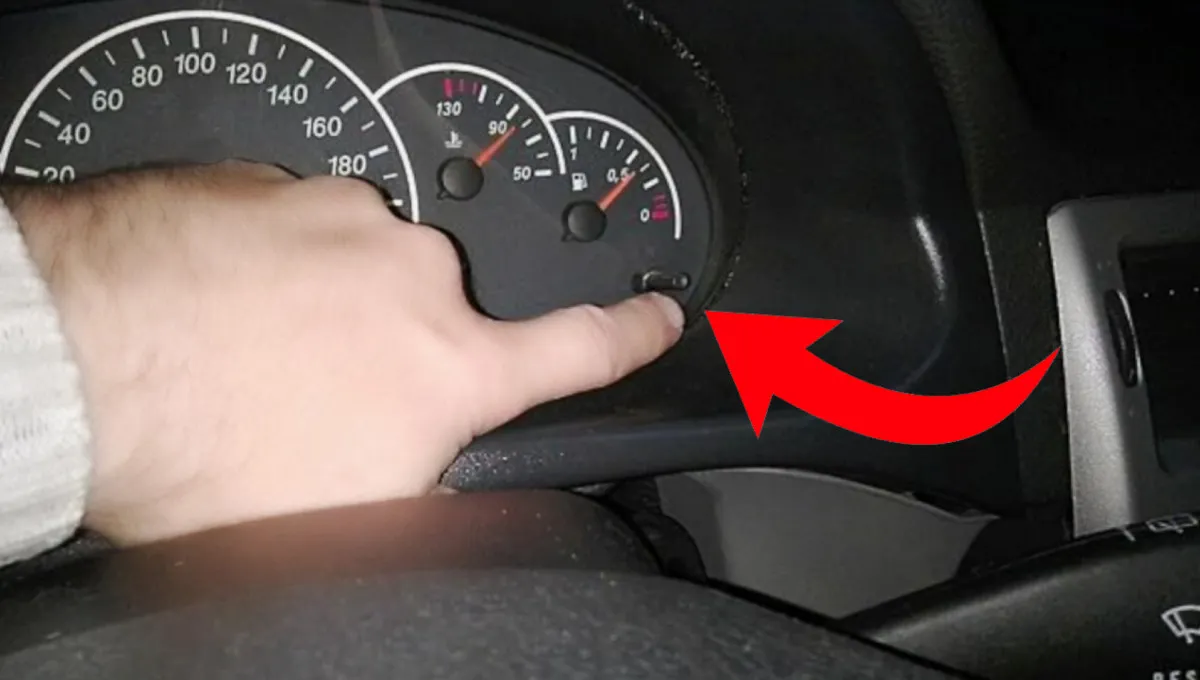
Most American Drivers Have No Idea This Hidden 'TRIP' Button Feature Exists
Why every driver should know about this “hidden” button in their car.
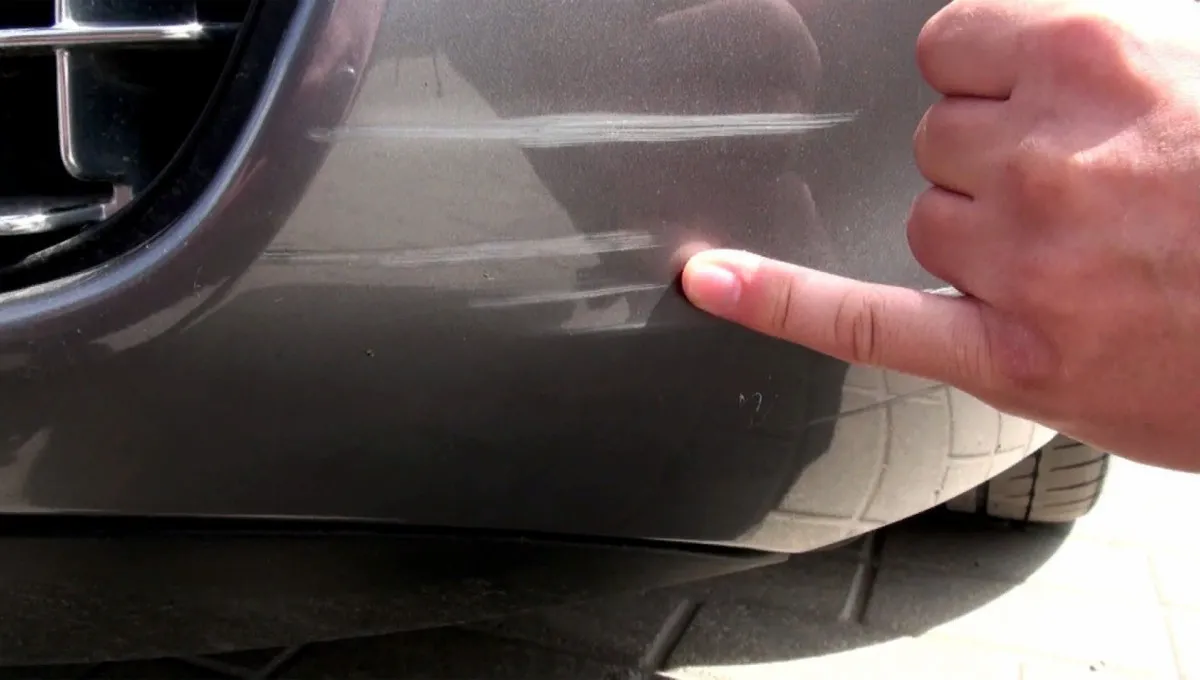
How to Remove Car Scratches Yourself in the Garage: Fixing Bumpers, Headlights, and Fenders
Scuffed your car? No big deal. Here’s how to remove scratches from your bumper and headlights at home.

Hypercars That Never Made It to Production: Cars That Deserved Better
Not every car that inspires engineers and fans alike—and draws crowds at auto shows—ever makes it to the assembly line.
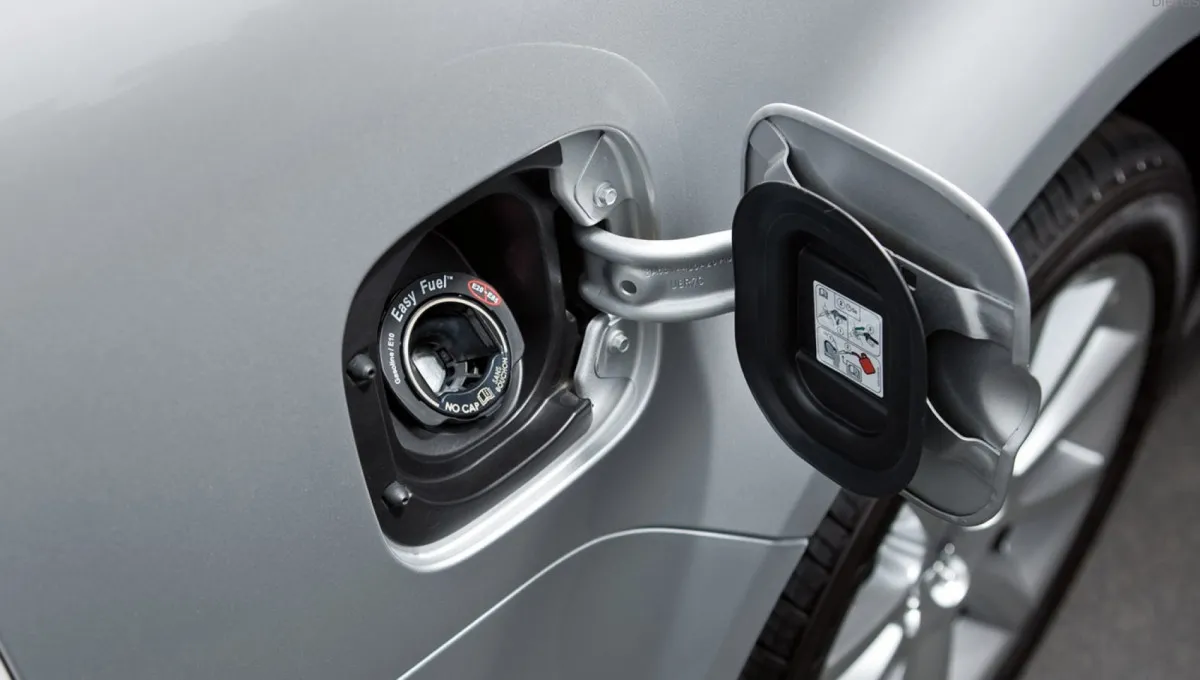
How to Clean a Gas Tank from the Inside—Without Removing It: Dirt, Water, and Rust
Over time, many vehicles accumulate water and debris inside the gas tank, while the inner walls can develop rust.

Car Horoscope: How Each Zodiac Sign Handles Driving
Today, we explore how prone each zodiac sign is to car accidents.